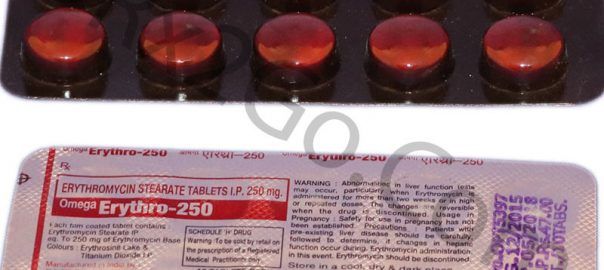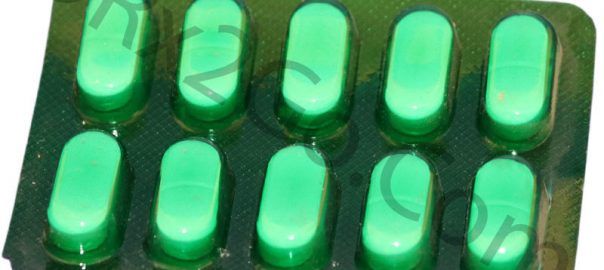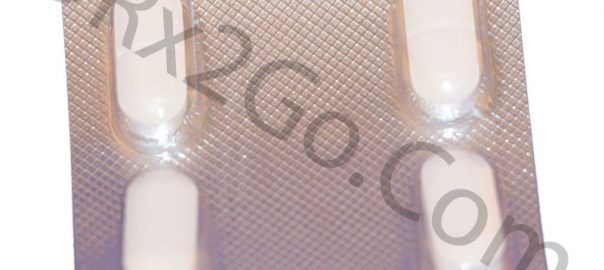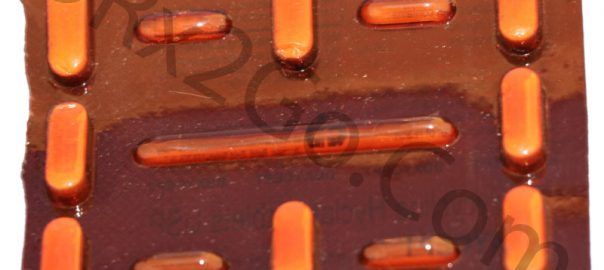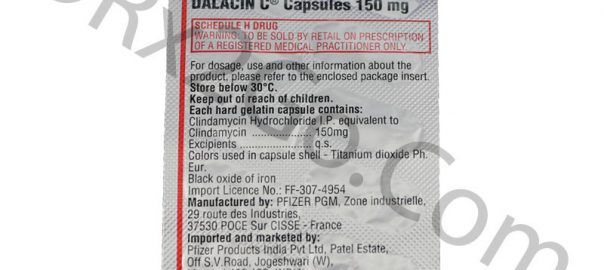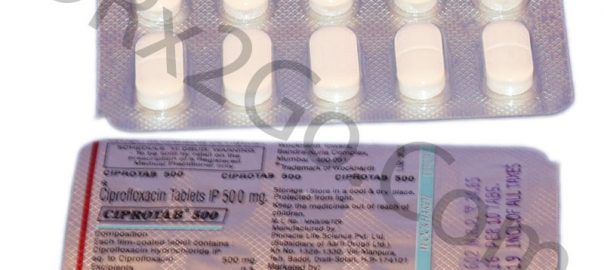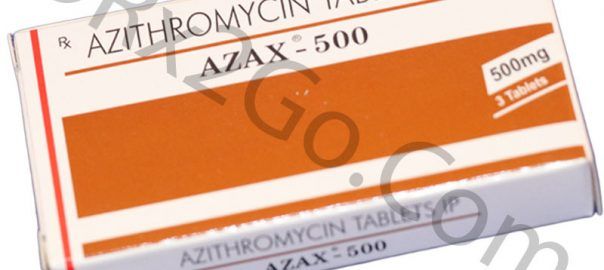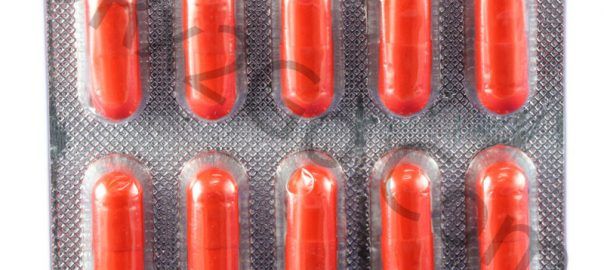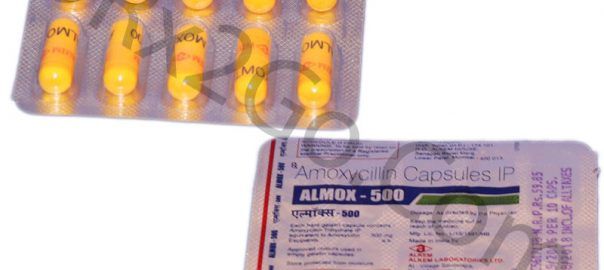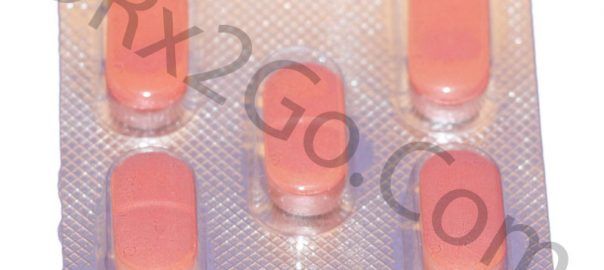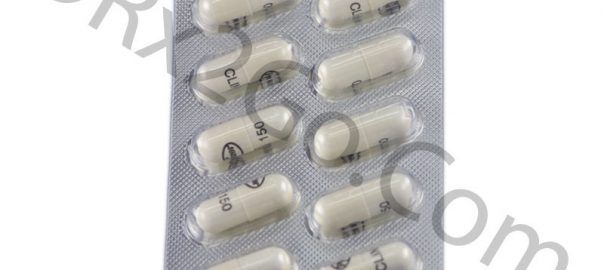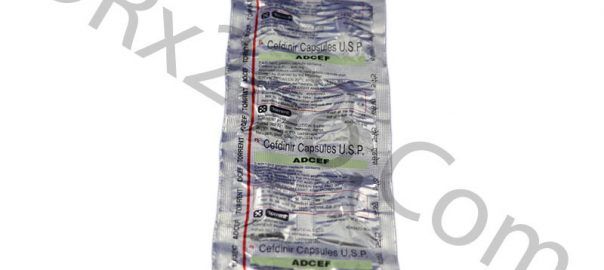Doctors usually recommend antibiotics to cure Streptococcus Pneumoniae. Antibiotic treatment for serious infections typically includes broad-spectrum antibiotics until results of antibiotic sensitivity testing are available.
What is Streptococcus Pneumoniae?
Streptococcus pneumoniae (pneumococcus) is the bacteria responsible for pneumococcal disease. When someone with this disease coughs or sneezes, the bacteria spreads. Pneumococcus bacteria can cause infections in many parts of the body including:
- Blood (bacteremia)
- Lungs (pneumonia)
- Brain and spinal cord tissue (meningitis)
- Ears (otitis)
- Sinuses (sinusitis)
Symptoms of Streptococcus Pneumoniae

Symptoms of Streptococcus Pneumoniae depend on the part of the body affected. Symptoms can include:
- Fever
- Cough
- Shortness of breath
- Chest pain
- Stiff neck
- Confusion
- Increased sensitivity to light
- Joint pain
- Chills
- Ear pain
- Sleeplessness
- Irritability
In severe cases, pneumococcal disease can cause hearing loss, brain damage, and death.
Who Is At Risk?
Children at Risk for Streptococcus Pneumoniae
Children at increased risk for this disease include those younger than 2 years old and those with:
- Chronic heart, lung, or kidney disease
- Cerebrospinal fluid (CSF) leak
- Cochlear implant
- Diabetes
- Nephrotic syndrome
- Sickle cell disease, a damaged spleen, or no spleen
- HIV infection, cancer, solid organ transplant, or another condition or taking medicine that weakens the immune system
Adults at Risk for Streptococcus Pneumoniae
Adults 65 years or older are at increased risk for the disease. Adults of all ages are also at increased risk if they have:
- Cochlear implant
- CSF leak
- Diabetes
- Alcoholism
- Chronic heart, lung, kidney, or liver disease
- Nephrotic syndrome
- HIV infection, cancer, solid organ transplant, or another condition or taking medicine that weakens the immune system
- Sickle cell disease, a damaged spleen, or no spleen
Adults who smoke cigarettes are also at increased risk for the disease. Chronic lung illnesses that increase the risk of an adult for the Streptococcus Pneumoniae include asthma, chronic obstructive lung disease, and emphysema.
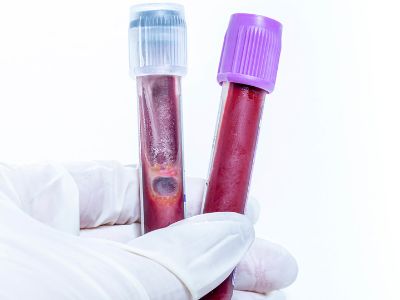
How to Diagnose Streptococcus Pneumoniae?
If doctors suspect Streptococcus Pneumoniae is serious, they will collect blood or cerebrospinal fluid samples. In the brain and spinal cord, cerebrospinal fluid surrounds them. You can see how lumbar puncture fluid is collected in the illustration below. A laboratory tests the samples after they have been collected by doctors. By growing the bacteria in the laboratory, it is possible to identify the specific type of bacteria that is causing the infection. A doctor can select the right antibiotic based on the cause, including the type of infection.
Adults can be diagnosed using a urine test. The diagnosis of ear and sinus infections is usually based on the history and physical examination findings that support the diagnosis.
Treatment for Streptococcus Pneumoniae
It is common for broad-spectrum antibiotics to be used as the first line of treatment for serious infections until results of antibiotic sensitivity testing are available. Antibiotic sensitivity testing shows which antibiotics will be most successful. Broad-spectrum antibiotics work against a wide range of bacteria. Once the sensitivity of the bacteria is known, doctors may choose a more targeted antibiotic. The most recommended medicine is:
- Cephalexin – this is a first-generation cephalosporin antibiotic that is active against streptococci.





